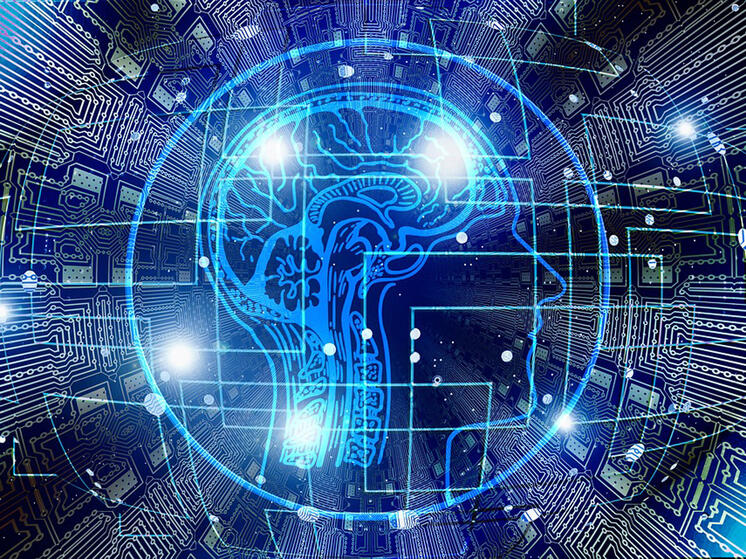Scientists: The use of AI contributes to new scientific breakthroughs
While many experts are wary of the prospects of unlimited development of artificial intelligence, seeing it as a threat to all of humanity, AI can clearly bring tangible benefit. Scientists are using artificial intelligence to discover a new antibiotic to treat a deadly superbug. Artificial intelligence has been used to discover abaucin, an effective drug against baumannii bacteria that can cause dangerous infections.

Scientists using artificial intelligence have discovered a new antibiotic , which can kill a deadly superbug, writes The Guardian.
A team of scientists from McMaster University and the Massachusetts Institute of Technology has discovered a new antibiotic that can be used to kill a deadly hospital superbug, according to a new study published Thursday in the scientific journal Nature Chemical Biology.
The superbug in question is – this is Acinetobacter baumannii, which the World Health Organization has classified as “critical” threat among its “priority pathogens” – groups of families of bacteria that pose the “greatest threat” for human health.
According to the WHO, these bacteria have a built-in ability to find new ways to resist treatment and can transfer genetic material that allows other bacteria to also become resistant to drugs.
Baumannium poses a threat to hospitals, nursing homes and patients requiring ventilators and blood catheters, as well as those with open wounds from operations.
Bacteria can live on objects for a long time environmental protection and shared equipment and can often be passed on through contaminated hands. In addition to blood infections, the baumannii bacterium can cause urinary tract and lung infections.
Bacteria can also «colonize» according to the Centers for Disease Control and Prevention. or live in the patient's body without causing infections or symptoms.
Thursday's study showed that researchers used an artificial intelligence algorithm to screen thousands of antibacterial molecules in an attempt to predict new structural classes. Through AI-assisted screening, the researchers were able to identify a new antibacterial compound, which they named abaucin.
“We had a whole bunch of data that just told us which chemicals were able to kill a bunch of bacteria and which weren’t. My job was to train this model, and all this model was going to do was basically tell us whether new molecules would have antibacterial properties or not,” said Gary Liu, a McMaster University graduate student who worked on a study.
«Then, basically, because of that, we can just improve the efficiency of the drug development process and… sharpen up all the molecules that we really want to care about,» he added.
After the scientists trained the model artificial intelligence, they used it to analyze 6,680 compounds that it had not previously encountered. The analysis took an hour and a half and eventually led to several hundred compounds, 240 of which were then tested in the laboratory. Laboratory research eventually identified nine potential antibiotics, including abaucin.
The scientists then tested the new anti-baumannii molecule in a mouse model of wound infection and found that the molecule inhibited infection.
«This work confirms the benefits of machine learning in finding new antibiotics,» said Jonathan Stokes, assistant professor of biomedicine. and biochemistry at McMaster University, who helped lead the research.
“Using artificial intelligence, we can quickly explore vast areas of the chemical space, greatly increasing the chances of discovering groundbreaking antibacterial molecules,”, he said.
“We know that broad-spectrum antibiotics are not optimal and that pathogens have the ability to evolve and adapt to whatever trick we throw at them… Artificial intelligence techniques give us the ability to significantly increase the rate of discovery of new antibiotics, and we can do it at a lower cost. This is an important area of research in the field of new antibiotic drugs,» he added.


